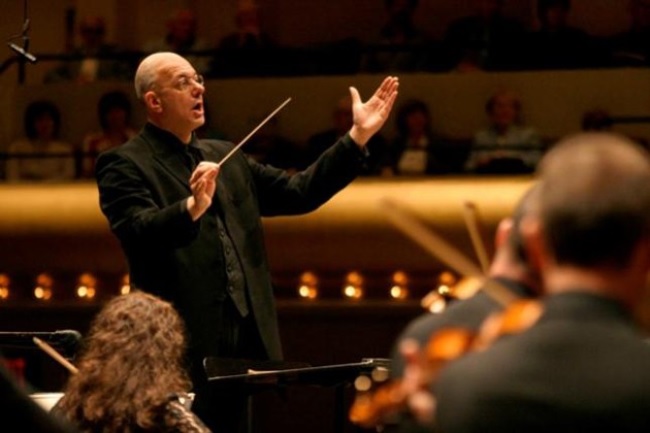At your Fingertips
especiales

There’s probably not a human who has not experienced, at least once in his or her life, that unique experience of how much a hand can communicate by squeezing another hand tightly.
That action sometimes says more than any word, especially if it involves extreme moments, both negative and positive.
It happens that the hands not only constitute an essential part of the body due to their practical function - they are one of our best tools - but they also make it possible to express and transmit emotions.

Whether through gestures, caresses or shaking the other's right hand, the hand can be important, and sometimes even irreplaceable, a vehicle for interpersonal communication.
"Take my hand / make me feel that you are close / in the novelty of this hour / in which my hand is new in your hand, / and it is my hand because you take it," wrote the incomparable Fina García Marruz and, without a doubt, a hand can bring you closer, hug, build... A hand on yours, and even just next to yours, is capable of building a bridge or scaring away any anguish or loneliness.
Sometimes, it’s not even necessary for that hand that rescues or comforts to be that of a loved one. The hand of whose name you ignore can also be your savior.
What They Say
In addition to the fact that thanks to them we can create, touch, feel pull, protect, attack, seduce... they still tell others about who we are, our feelings and attitudes.
Its physical and gestural characteristics reveal the emotional state of the person, offering clues from its temperature, humidity and firmness. When someone feels comfortable and happy, their hands feel warm and flexible, while stress makes them feel cold and sometimes somewhat stiff.

Hand movements are a form of non-verbal language that accompanies what is said orally. Such gestures can show the speaker's confidence, security, or vice versa, among many other clues.
Those who have studied the subject claim that no other species has such appendages with such a remarkable range of capabilities. It’s supported by the famous orthopedic specialist Hans Ulrich Debrunner, stating in his book Orthopedic Diagnosis that "the human hand is the most differentiated organ of movement that exists."
Showing your open hand is a peaceful gesture of openness. Hiding your hands or intertwining your fingers may indicate nervousness, insecurity, or insincerity, while pointing your index finger may seek to impose authority.
According to Dr. Carol Kinsey Goman, a famous scholar of non-verbal communication, people can make up to 462 different hand gestures, and each of them generates an emotion or offers a certain type of information.
The uniqueness of this part of the body is so great that no two hands are alike; thus, fingerprints make them a totally reliable identification device.
From the Hand of our Ancestors

Charles Darwin had already stressed the importance of the hand in the evolution of man. The bipedal position and the use of the hand meant the leap that separated us from the ancestors.
Specifically, what differentiates the human hand from all other similar formations in the animal kingdom is the position of the thumb with respect to the other fingers and its great capacity for movement.
The Cuban Doctor of Medical Sciences, II degree specialist in Orthopedics and Traumatology, Ricardo J. Monreal González, wrote years ago, in his article "The hand, origin, evolution and its role in society" that "The hand is an extension of the brain and on the contrary, thanks to the hand, the human brain has been able to develop.
It's interesting to note that the discovery in 2015 of a straight phalanx, like that of human hands, has led to the belief that the hands of our ancestors evolved between 400,000 and 600,000 years earlier than previously assumed.
Investigations from biology, biomechanics, neuroanatomy, sociology and others show the relevance of this organ in human evolution. So much so, that the French ethnologist and historian Adré Leroi-Gourhan stated that "the best organized instrument of the brain of the entire zoological series, the hand, free of its locomotor problems, was the symbol of the evolution of man."
"The hand is an organ and a tool in itself: the only one capable of making other tools," says paleoanthropologist Juan Luis Arsuaga
Even today the human hand continues to reveal secrets, through scientific research. For example, the fossilized bone of a Neanderthal thumb provided insight into how osteoarthritis affected that extinct hominid species.
And just four months ago, a study from Florida International University showed that the smell of your hands could indicate your sex.
This is very useful to identify the perpetrator of a crime, whose aromatic compounds present on the hands and left at the crime scene would help in his capture.

The theme of these lines has also been reached by Artificial Intelligence (AI), which - although it has not yet been able to correctly represent the hands and it’s not known why - today makes important contributions in the field of bionics, in combination with biomechanics, to improve hand prostheses.
Prostheses like this allow the patient to control each finger as if it were their own, based on a neuromuscular reconstruction.
Undoubtedly, a good part of human intelligence is in our hands, those that, throughout history, have known how to create fabulous works of art, perform extremely complex surgeries, offer the most tender caresses and also build the deadliest inventions.
Therefore, from the point of view of common sense, decorum and love, on this planet we must bring together intelligences - and not artificial ones - so that the good life that we all deserve and the future do not get out of hands.
Translated by Amilkal Labañino / CubaSí Translation Staff














Add new comment